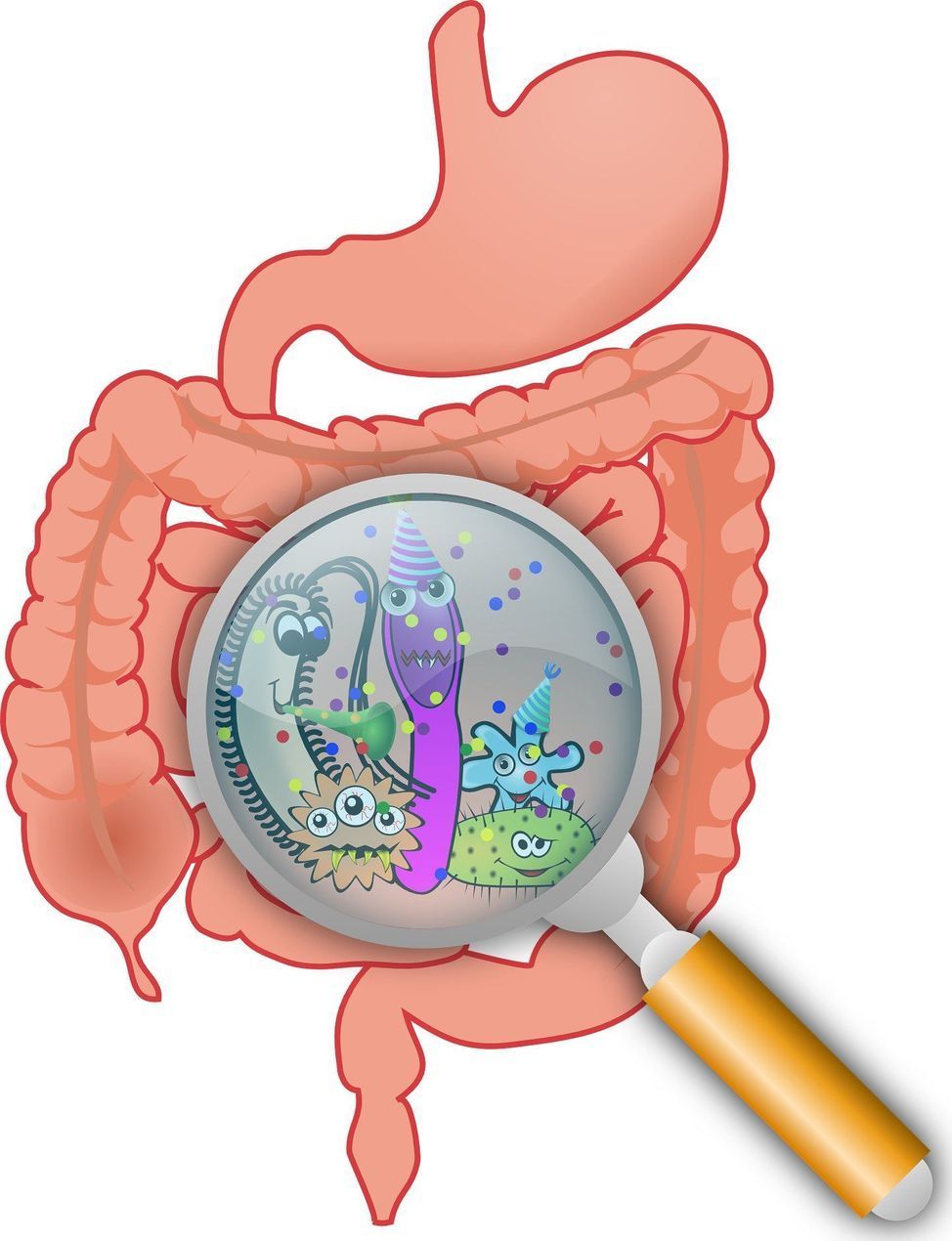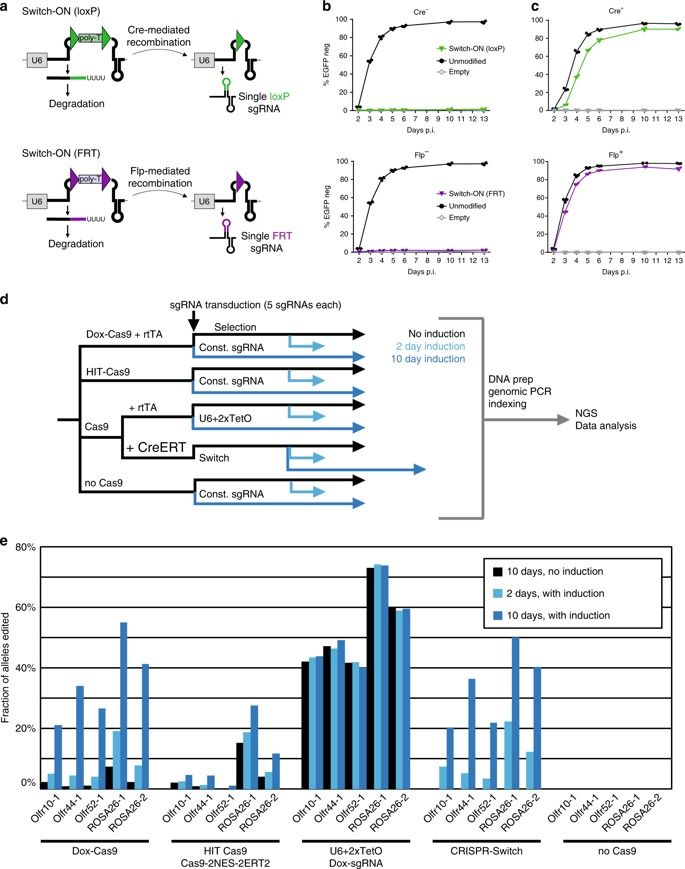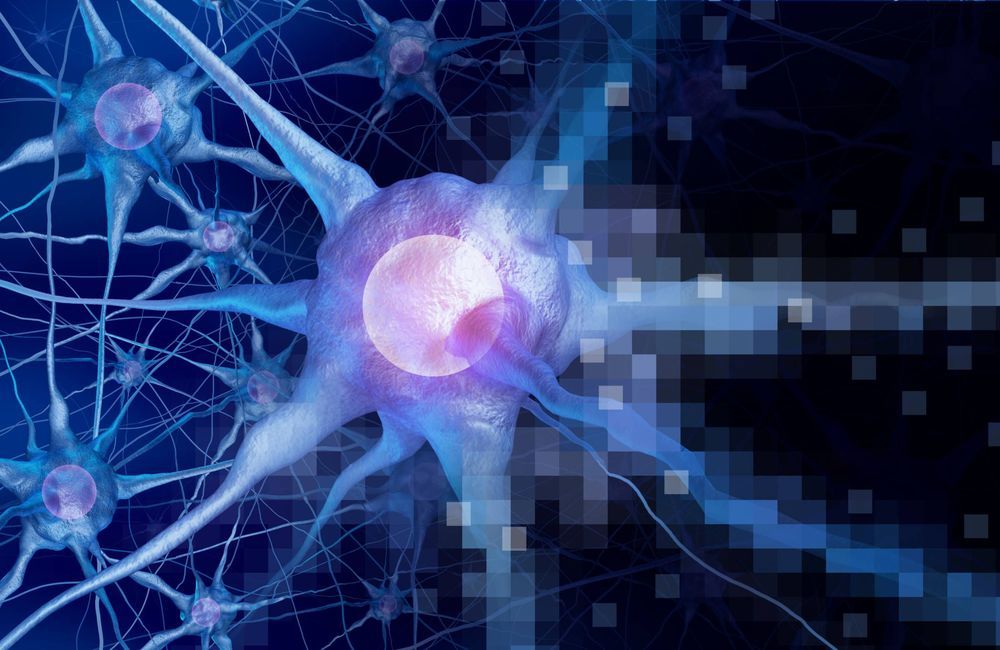This is one of the most challenging book reviews I have ever written, not because I did not enjoy ‘The Posthuman Child’, quite the contrary: this is one of the most interesting and stimulating books I have read in a long time, thus I am in the position of trying to ensure that I do this book the justice it deserves in this review. For me, Murris is utterly captivating in her writing as she guides the reader through a ‘labyrinth’ (p.23) of challenging philosophical ideas stemming from posthumanism. Ideas which encourage deep and existential questions, particularly in relation to dominant Western figurations of ‘children’ and ‘childhood’. Despite the deep intensity of the philosophical and theoretical content, Murris manages to take the reader through this process of questioning, unpicking and ‘diffracting’ (p.14) in a highly supportive manner.
As I became increasingly engrossed in reading, I found myself trying to fathom how Murris managed to achieve this level of challenge and stimulation in such a supportive way, when it suddenly became clear to me: Murris achieved this seemingly impossible balancing act by remaining entirely committed to the very philosophical ideas she has written about. From a Posthuman perspective, traditional binaries and dualisms do not exist: binaries, such as those that have been constructed to separate: ontology and epistemology; body and mind; theory and practice. It is her embodiment of this completely entangled and relational ‘ontoepitemological’ (p.51) view of the world that provides the level of support I experienced while reading: challenging philosophical ideas and practical examples and insights from her own lived experiences as a teacher, teacher educator and mother are seamlessly woven together.

















